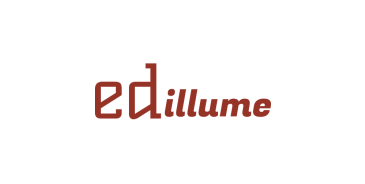L1.2 Python, The Whole Story
What is Python?
Python is a widely-used, interpreted, object-oriented, and high-level programming language with dynamic semantics, used for general-purpose programming.
Naming Python….
Name of the Python programming language comes from an old BBC television comedy sketch series called Monty Python’s Flying Circus.
Who created Python?
Python was created by Guido van Rossum, born in 1956 in Haarlem, the Netherlands. But he did not develop and evolve all the Python components himself. Python 3 that we see today is a is a result of the continuous work of thousands (very often anonymous) programmers, testers, users (many of them aren’t IT specialists) and enthusiasts. However, the seed of this language came of Guido van Rossum.
How it was created?
Guido van Rossum states its creation as follows
In December 1989, I was looking for a “hobby” programming project that would keep me occupied during the week around Christmas. My office (…) would be closed, but I had a home computer, and not much else on my hands. I decided to write an interpreter for the new scripting language I had been thinking about lately: a descendant of ABC that would appeal to Unix/C hackers. I chose Python as a working title for the project, being in a slightly irreverent mood (and a big fan of Monty Python’s Flying Circus). Guido van Rossum
Competitor languages to Python
- Perl – a scripting language originally authored by Larry Wall;
- Ruby – a scripting language originally authored by Yukihiro Matsumoto.
The former, Perl, is more traditional and more conservative than Python, and resembles some of the old languages derived from the classic C programming language. In contrast, the latter, Ruby, is more innovative and more full of fresh ideas than Python. Python itself lies somewhere between these two creations. The Internet is full of forums with infinite discussions on the superiority of one of these three over the others, should you wish to learn more about each of them
Python versions
There are two main versions of Python, Python 2 and Python 3. Python 2 is older version of the original python but there is no more development and updates to it. There are thousands of applications running today on Python 2.
Python 3 is the newer version of the language with its own standards and habits
A word of caution on Python 2 & Python 3
Python 3 isn’t just a better version of Python 2 – it is a completely different language, although it’s very similar to its predecessor. When you look at them from a distance, they appear to be the same, but when you look closely, though, you notice a lot of differences.
If you’re modifying an old existing Python solution, then it’s highly likely that it was coded in Python 2. This is the reason why Python 2 is still in use. There are too many existing Python 2 applications to discard it altogether.
You should use Python 3 for this course.
Other forms of Python 2 & Python 3
- CPython: Maintained by Python Software Foundation, headed by its president, the creator himself, Guido von Rossum. Fundamentally written in C programming language.
- Cython: Very efficient for large and complex mathematical calculations
- Jython: Python written in Java instead of C language. . This is useful, for example, if you develop large and complex systems written entirely in Java and want to add some Python flexibility to them. Only applicable in Python 2.
- PyPy: A Python within a Python. In other words, it represents a Python environment written in Python-like language named RPython (Restricted Python). It is actually a subset of Python. Its compatible with Python 3.
